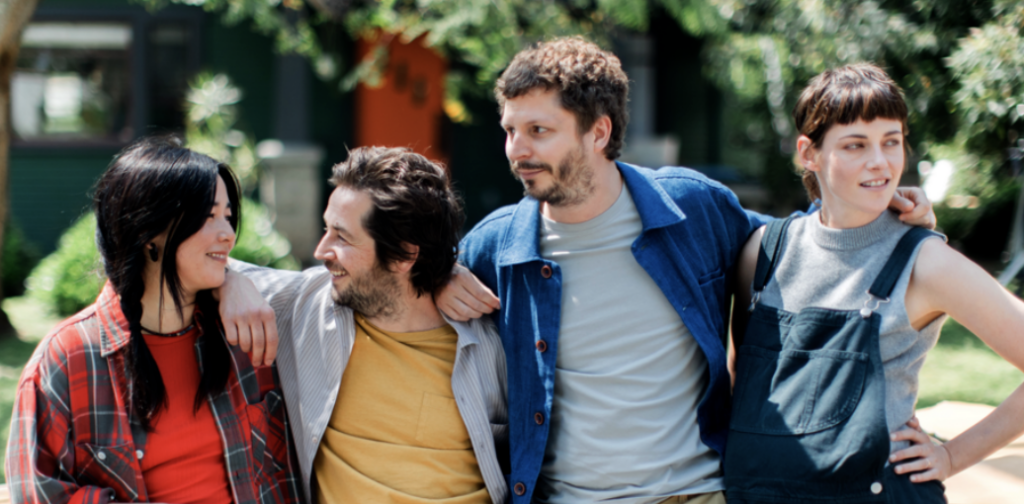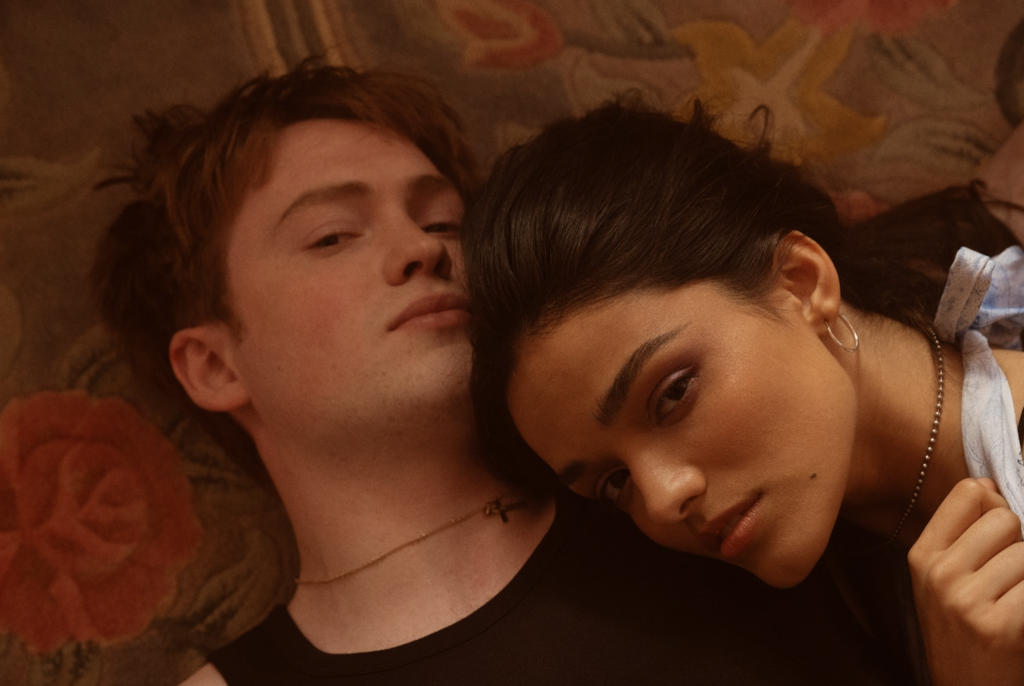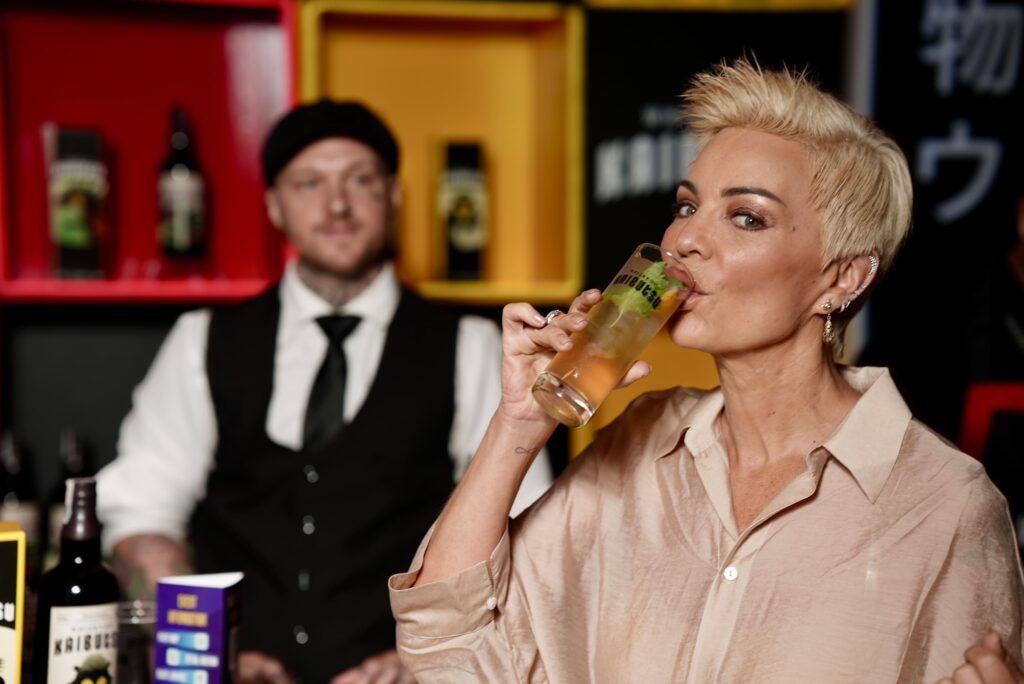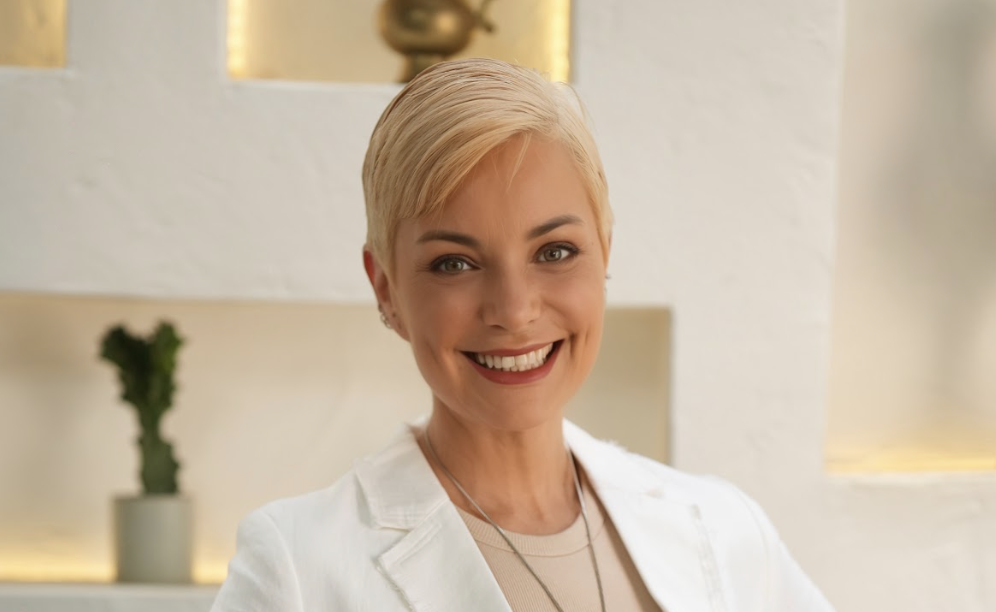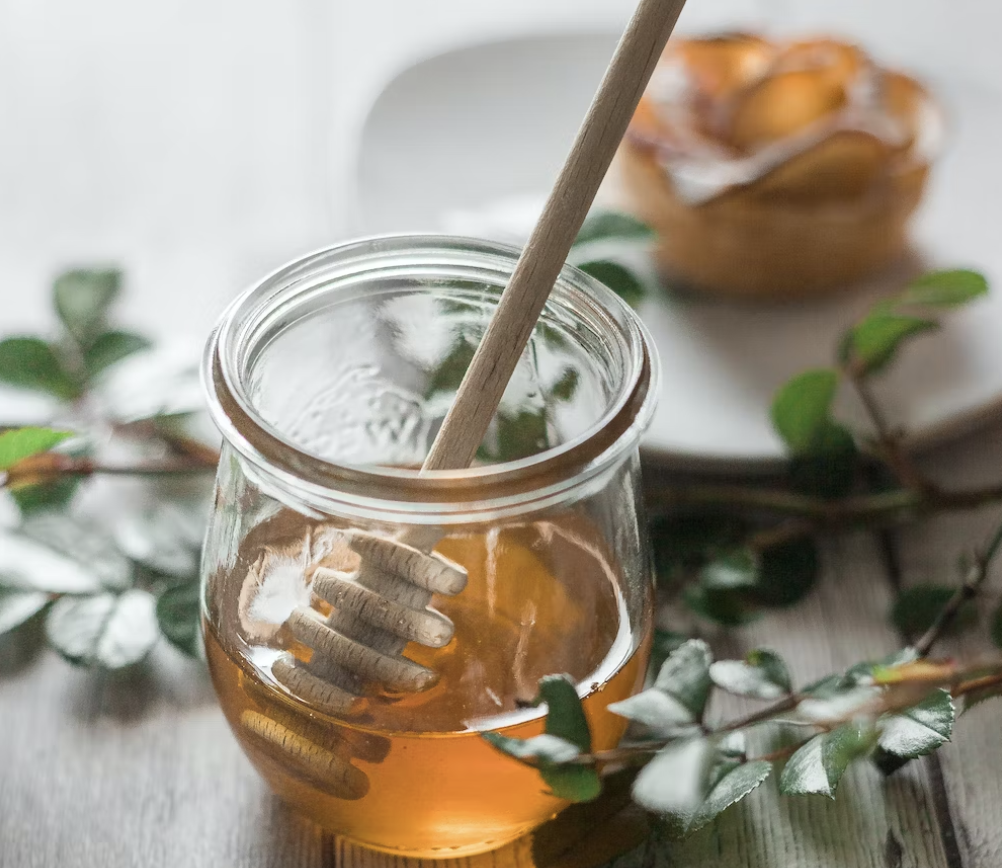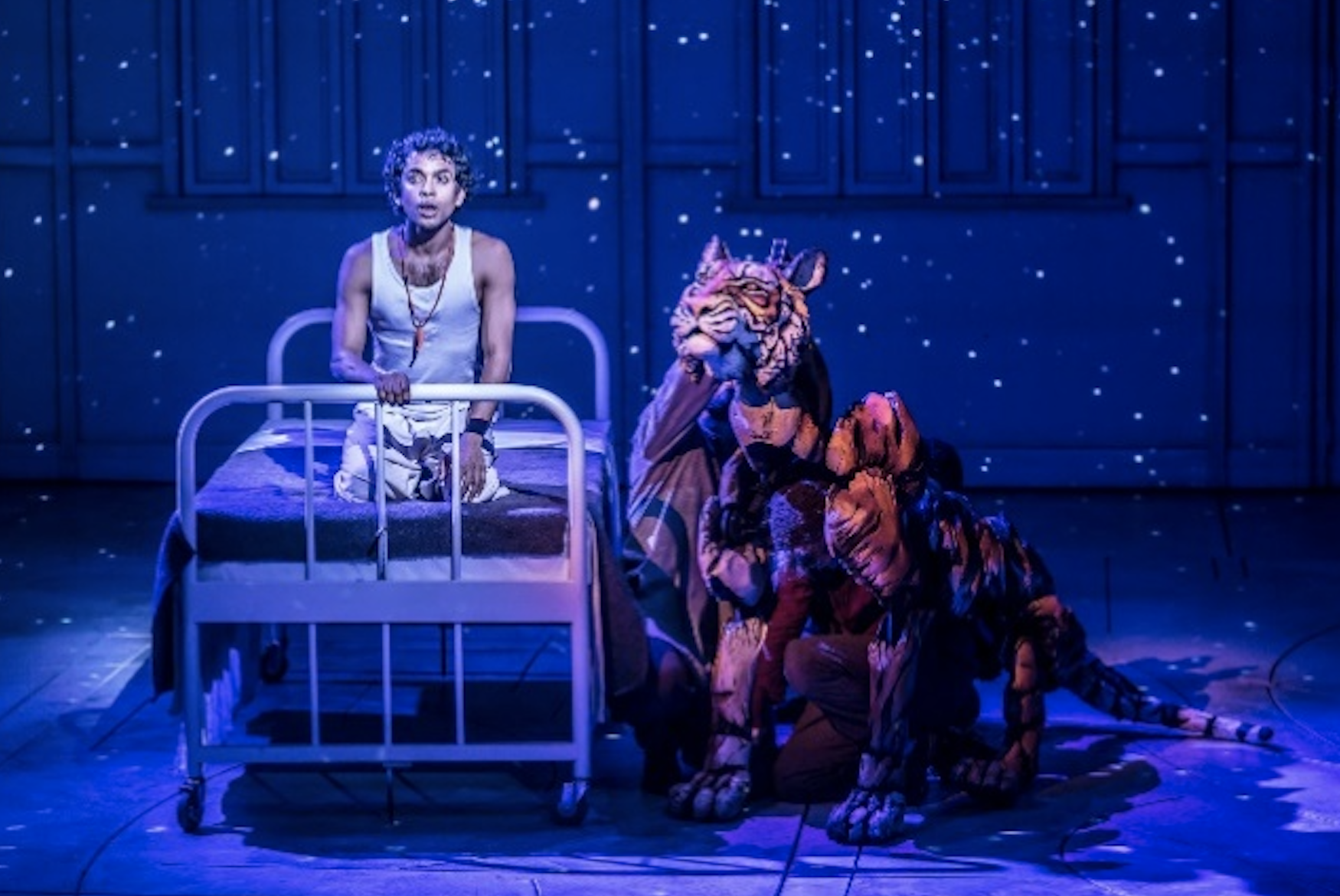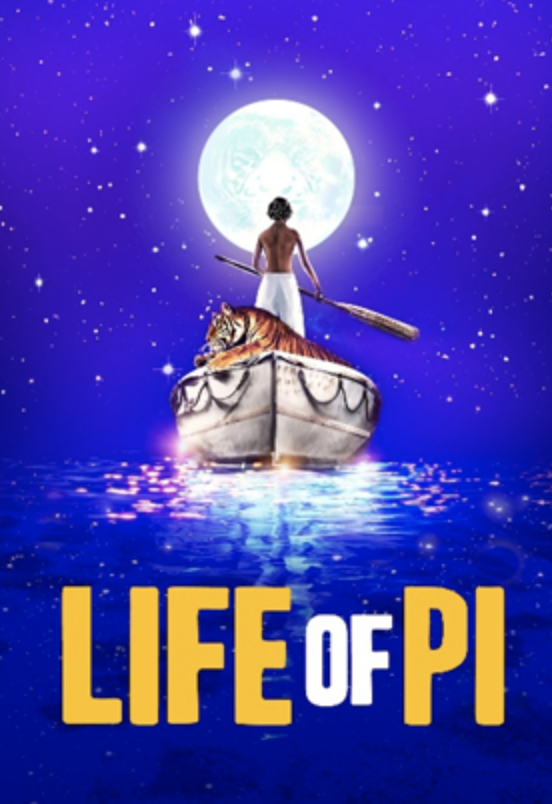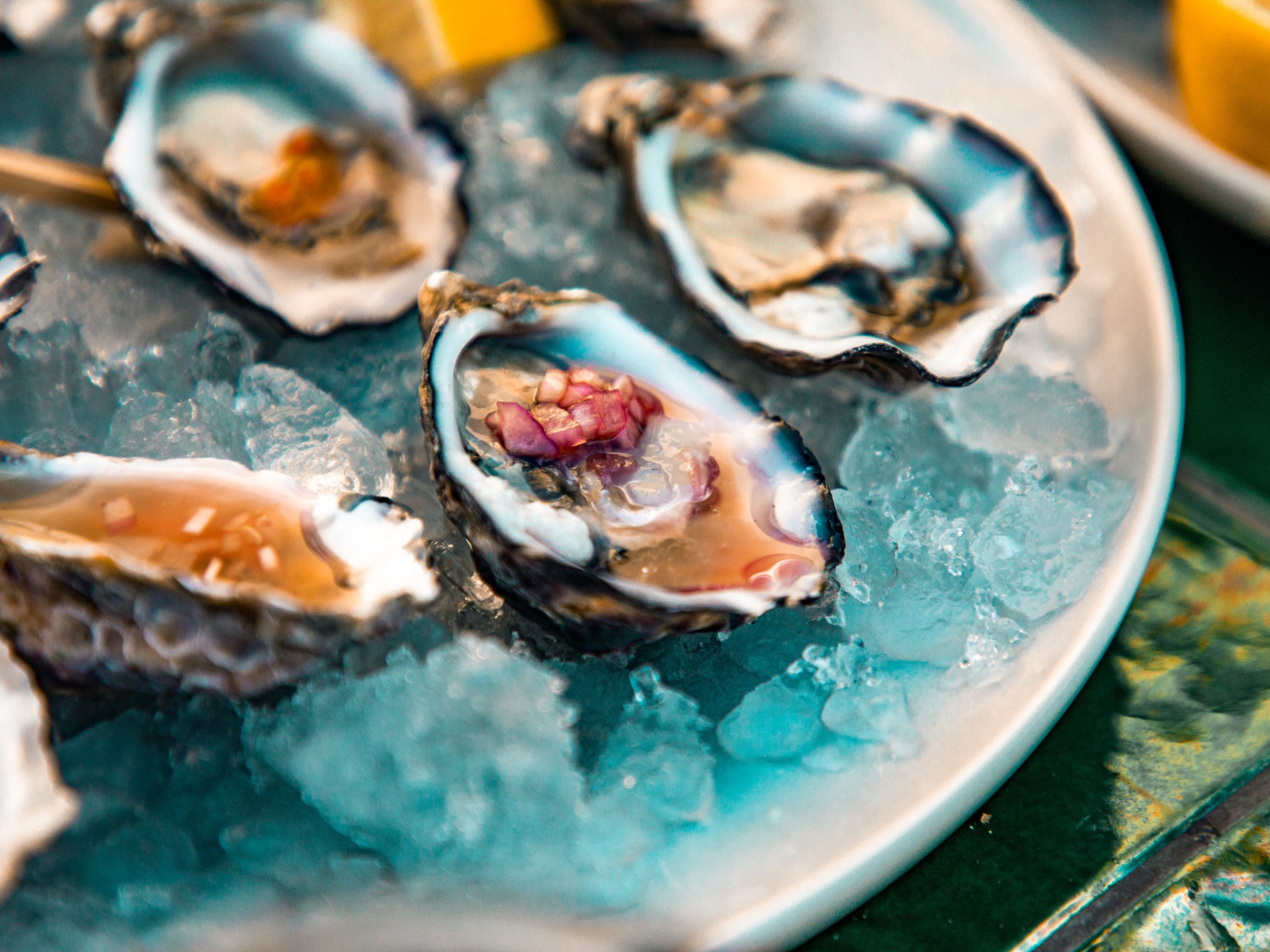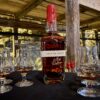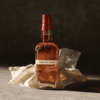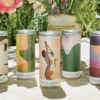Paso Robles’ Serial Wines Expands with Flavor and Filmmaking as ‘Official Wine’ at The San Diego International Film Festival
SERIAL WINES, PASO ROBLES FURTHER EXPANDS WITH TWO NEW BLENDS
Serial Wines, within the John Anthony Wine & Spirits portfolio, introduces two new wines in this series of winesshowcasing the exciting and fast-growing Paso Robles AVA: NEW Serial White Blend and NEW Serial Red Blend.
This extension of the Serial Wines collection comes days following the company’s announcement of expansion plans under the new name of John Anthony Wine & Spirits by Founder and CEO, John Anthony Truchard.

Paso Robles’ Serial Wines at San Diego International Film Festival
The two new blends join Serial Paso Robles Cabernet Sauvignon already in distribution, plus a series of exclusive, AVA-designate and single-vineyard, direct-to-consumer offerings The new blends have been crafted to showcase the incredible biodiversity from Paso Robles—America’s favorite wine region (source: USAToday 2023).
“Creating Serial, a series of wines from the Paso Robles AVA,
has been a very exciting journey since our inaugural release in 2017.
This region has earned its place on the world-class wine stage with outstanding quality and value and we’ve seen demand sky rocket,”
John Anthony Truchard
Founder and CEO
John Anthony Wine & Spirits
“Adding new Serial White Blend and Serial Red Blend to Serial Cabernet really leans into the diverse terroir that Paso has to offer with unique, interesting, and unexpected blends that have exceptional depth and complexity. Exploring and investing in this fast-growing wine region has been rewarding and it was wonderful to see the reception to these wines at the Food & Wine Classic in Aspen—some of the world’s most discerning wine lovers.”
The new 2023 Serial White Blend…is lively, lush, and layered
The new 2023 Serial White Blend, Paso Robles is lively, lush, and layered featuring Chardonnay supported by Viognier, Clairette Blanche, and Albariño.
Refreshingly acidic with a richness that lingers, this White Blend offers round flavors of lemon meringue, white peach, ripe pear, and marmalade, accented with a touch of marzipan on the finish. Gratifyingly complex and balanced, this wine was aged on neutral French oak with a kiss of lightly-toasted Acacia.
2021 Serial Red Blend…melds power with elegance for depth and richness
The Bordeaux-Rhône style 2021 Serial Red Blend is a dynamite blend of Cabernet Sauvignon, Petit Sirah, Syrah, Tempranillo, and Grenache that melds power with elegance for depth and richness. Aged in a blend of French and American oak, this wine boasts explosive flavors of raspberry, strawberry crumble, and vanilla with notes of cedar and fresh leather on a sumptuous finish.
“Serial Wines are made in partnership
with several, small Paso Robles growers across Districts and sub-AVAs that I’ve known, or met through friends of friends
from when I first started my career here,”
Jeff Kandarian
Executive Winemaker
John Anthony Wine & Spirits
“The Serial Tasting Lounge opened in 2022 with multiple District and Vineyard-Designates and it’s become a destination to enjoy the diversity of this winegrowing region right in the heart of downtown Paso Robles. For the new Serial White Blend and Serial Red Blend, we sourced multiple varietals from several growers across the region, as well as our own estate. These new wines will be available nationally, so for those who have yet to visit here, they are an exceptional way to experience Paso’s stunning terroir.”

Paso Robles’ Serial Wines as ‘Official Wine’ at The San Diego International Film Festival
Debuted at the 2024 Food & Wine Classic in Aspen last week, the two new blends have unique, original-art labels in contrast to the sleek, matte-black label on Serial Cabernet Sauvignon. The complex and evocative artwork on the new blends reflects the nuances and detail of these wines.
The Serial White Blend label depicts a young woman partially shrouded in fog with breaking clouds, alluding to Paso’s cooler microclimates where the grapes were sourced.
Gracing the Serial Red Blend, a Royal Stag stands stalwart in the pouring rain, symbolizing the regality of the Cabernet Sauvignon grape that anchors this blend and the fertility of the vineyards from which grapes were sourced.
Official Wine Sponsor of The San Diego International Film Festival
Alongside the expansion of the Serial Wines collection, the brand also announces a new partnership with The San Diego International Film Festival as Official Wine Sponsor. Celebrating over 20 years as a premier event on the international film festival circuit, the festival will take place October 16th to 20th, 2024, with pre-festival Film Insider Series events June through August, hosting over 10,000 discerning film lovers in Balboa Park and La Jolla.
“The Serial brand has a lot of layers—from Executive Winemaker Jeff Kandarian’s deep knowledge from his early career in the Paso Robles AVA, to the artistry of the wines showcasing tiny vineyards, and the complexity and versatility of the wines themselves,” said Sarah Montague, Chief Marketing Officer, John Anthony Wine & Spirits.
“So as we looked for a platform that shared Serial’s values of curiosity, discovery, community, and sensory storytelling, film festivals emerged as a perfect fit. We are honored to pour our wines for San Diego International Film Festival goers, celebrate the power of film with every pour, and amplify the enjoyment of every story told with these exceptional wines. ”
To celebrate this exciting partnership, Serial Wines and San Diego International Film Festival are hosting a thrilling opportunity for wine and film aficionados to enter for a chance to win a trip to the October festival. One lucky winner could win a round-trip airfare for two to San Diego, hotel accommodations, and two four-day passes to the San Diego International Film Festival.
Wine lovers can find more details, including rules and how to enter, at https://www.serialwines.com/sdfilmfest.
For more information about Serial’s series of outstanding Paso Robles wines and how to stock them please visit SerialWines.com/Trade.
Experience the Serial Tasting Lounge in downtown Paso Robles or meet us at The San Diego International Film Festival, and learn about other upcoming events at SerialWines.com.
Follow @SerialWines on Facebook and Instagram for Paso Robles wine news from Serial and more chances to win.
About Serial Wines
Serial Wines is a series of wines sourced from across the diverse Paso Robles AVA and its 11 Districts, conceived in 2015 by Vintner, John Anthony Truchard and produced by Executive Winemaker, Jeff Kandarian—who started his career in Paso Robles and has a deep understanding of its terroir.
Working with like-minded, meticulous winegrowers, the Serial Wines collection includes: varietal-specific, nuanced blends, AVA-designate, and single-vineyard releases which express the best of the region.
Part of the John Anthony Wine & Spirits portfolio, Serial Cabernet Sauvignon and NEW Serial White Blend and Serial Red Blend are available at fine wine retailers. An extended selection of limited releases can be purchased online through the winery at SerialWines.com and at the stunning Serial Wines Tasting Lounge within the Historic Odd Fellows Building, downtown Paso Robles—named USA Today‘s 10Best new wineries in 2022.
About The San Diego International Film Festival
The San Diego International Film Festival is the region’s premier film event and one of the leading stops on the independent festival circuit. The Festival offers a totally unique film experience; including world premieres, never before seen studio releases and the best in independent filmmaking.
About John Anthony Wine & Spirits
John Anthony Wine & Spirits, established by Founder and CEO John Anthony Truchard includes John Anthony Vineyards, Serial Wines, Weather Wines, and JaM Cellars. John Anthony Vineyards produces exclusive wines created from small vineyard sites in Oak Knoll District, Carneros, Calistoga and Coombsville regions, all available in the winery’s downtown Napa Tasting Lounge.
Serial Wines is a curated collection of wines from Paso Robles and beyond—lush, and vibrant, sourced from exceptional vineyards in this exciting wine region. Weather Wines is a collection of Burgundian varietal wines grown in their most-perfect microclimates and highlighting the dynamic relationship between vines, terroir, and the elements.
JaM Cellars was founded in 2009 in response to the downturn in the economy and experienced triple-digit growth in its early years by offering wines made in the tradition of great California winemaking at accessible sub $20 price points.
Today, Butter Chardonnay from JaM Cellars is the #2 selling Chardonnay above $13 in the U.S. (source: Nielsen scan data 2024).






